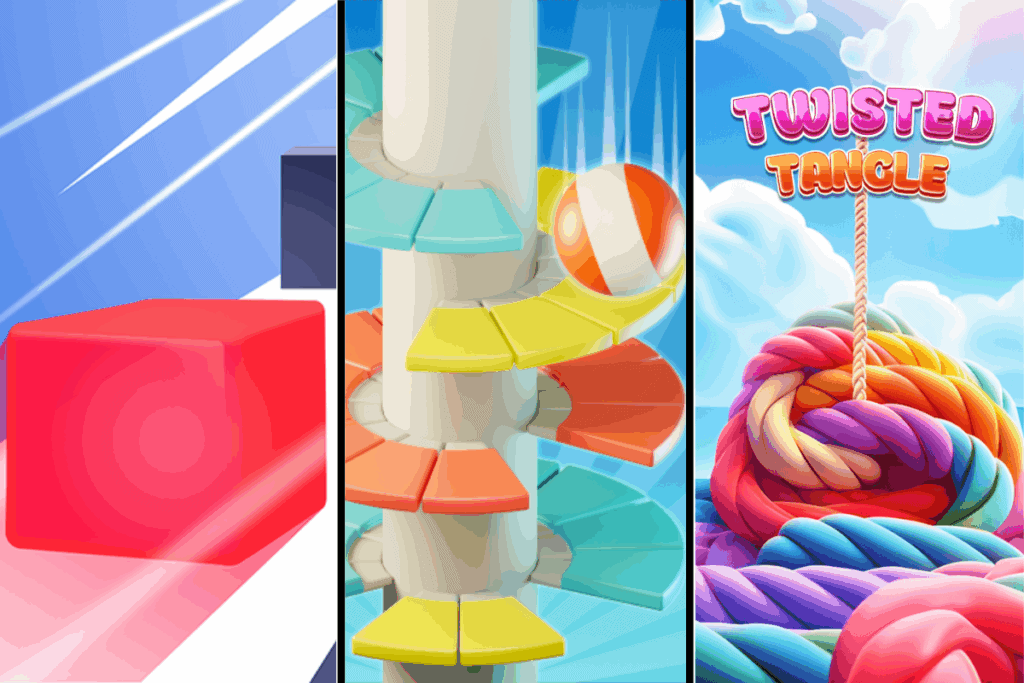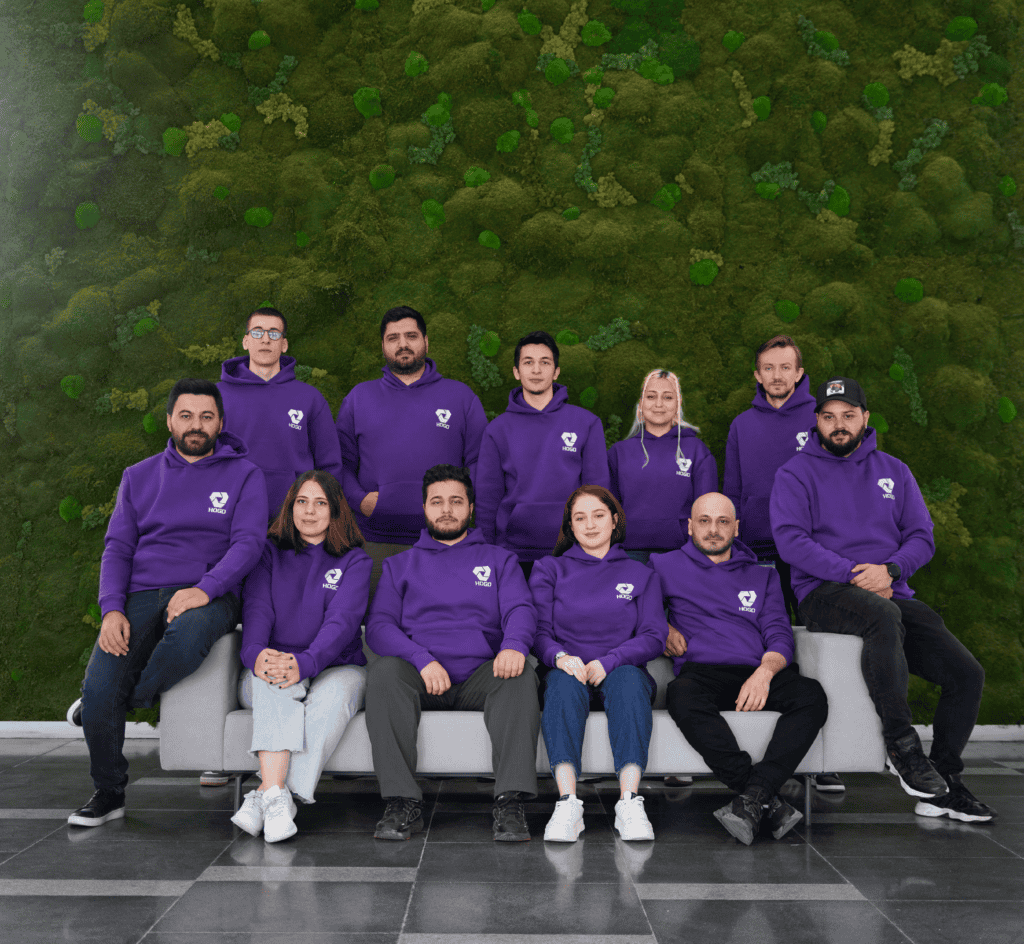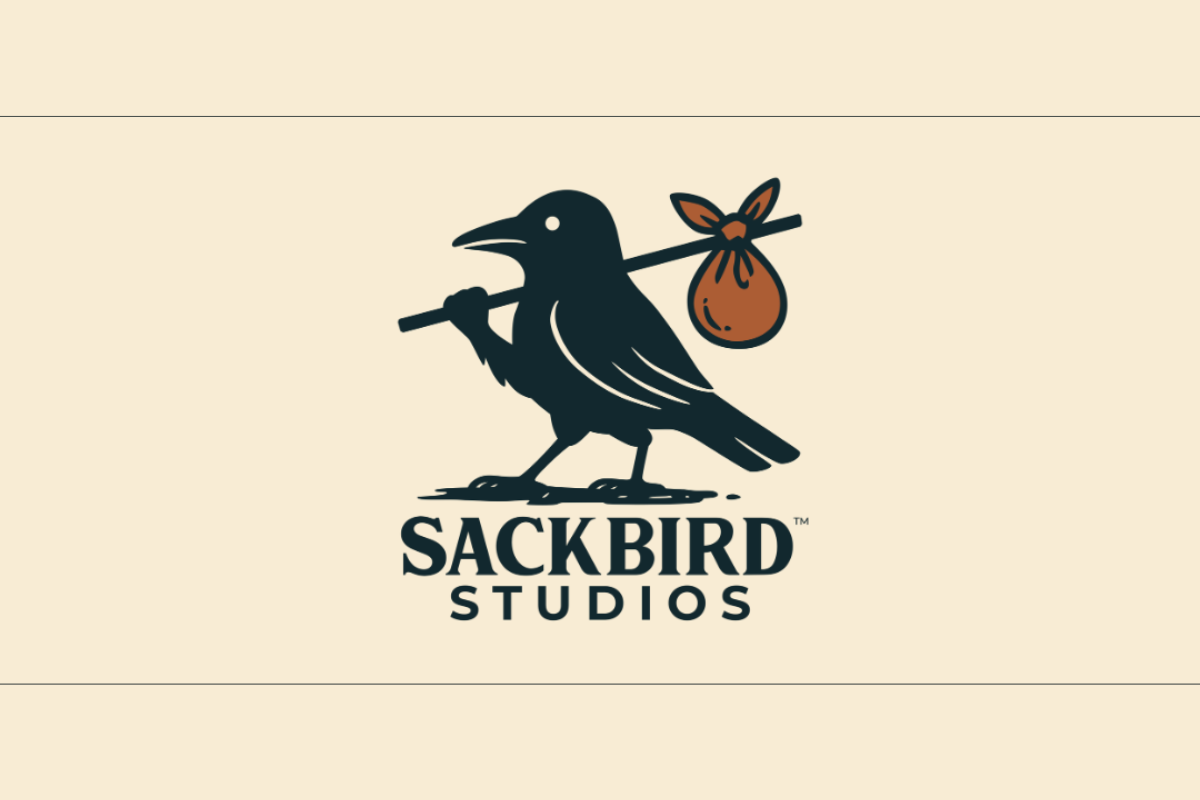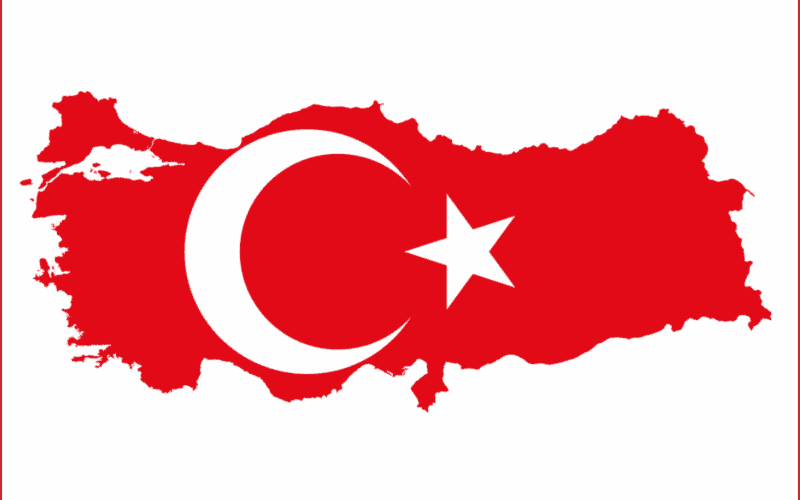Turkiye’s game development scene has entered a new phase. This time, it’s not hyper-casual driving the numbers; it’s indie developers.
In 2024, 90 locally developed games were released. In just the first half of 2025, over 60 more have already launched.
Around 400 games are expected to be released by the end of 2025 and into 2026.
Most of these games are in familiar genres. We are seeing a lot of simulation titles, Vampire Survivors-style action games, and safe design choices. Originality is not the strong point yet, but something more important is happening: people are finishing and releasing their games.
This momentum is real, but the question now is whether it will last. Hyper casual started strong, too, then collapsed. The indie scene follows different rules, but it faces similar risks.
We are not starting from zero
Even though indie development feels new for many, we are not starting from scratch. The foundation for this scene was built during the mobile years. Turkiye’s developers learned how to work in teams, ship products, and repeat that process quickly. That knowledge may have come from hyper casual, but it still counts.
Of course, building an indie PC or console game is a very different process. It takes longer, costs more, and demands more depth. But the experience we gained in mobile gives us a starting point. We have technical talent, product discipline, and the mindset to finish what we start. That alone puts us ahead of where we were ten years ago.
What developers now have to learn is how to stand out. Hyper casual was about blending in and chasing what worked. Indie is about doing the opposite. In a crowded global market, the challenge is not just making a game, but making one that gets noticed.

Why so many indies look the same
A common criticism of the indie wave in Turkiye is that many games feel too similar. It is a valid concern, but it is also important to understand where this is coming from.
This is the workflow many developers learned during the hyper-casual years.
Turkish developers lack deep know-how in the PC and console space. Game design for those platforms requires different thinking, like narrative structure, progression systems, level design, and long-term engagement. Most local teams are still figuring this out as they go, and that leads to safe or derivative ideas.
That said, not all “copy-driven” games are failing. Simulation games, which are often seen as repetitive or overly familiar, have been some of the most financially successful titles (Supermarket Simulator and Fast Food Simulator) in this new wave. Developers working in this genre are finding real audiences, and they are right to point out that their approach works.
But there is an important distinction here. I’m not saying that borrowing ideas is wrong, or that every game must be wildly original to succeed. What I’m saying is that copying without changing anything is a dead end in the long run. Just changing the theme and moving on is not enough. Successful developers, even in the simulation genre, are making smart design decisions. They understand what to keep and what to improve. That is the difference.
There are many ways to succeed in game development. But whatever the strategy is, it has to involve more than repeating what already worked for someone else.

Image Credit: Curve Animation
The reality check — 1 in 10 might succeed
Even with all the momentum behind the indie movement, we have to be honest about one thing, most games will not succeed. That is not specific to Turkiye, it is how the indie space works globally. The market is crowded, players have endless choices, and visibility is hard to earn. For every hit, there are dozens of solid games that never break through.
This can sound discouraging, but it is also part of the process. In the hyper casual space, failure was expected and built into the system.
Teams would test dozens of ideas to find one that stuck. That mindset helped developers learn quickly and move on. In indie, it is harder to do that. The development cycle is longer, the emotional investment is deeper, and a failure can hit much harder.
Sinan Akkol, the co-founder of both Fiber Games and GameDev.ist, has said many times that the “lucky number“ for indie developers is three. Once a team sticks around long enough to ship three games, they begin to find their voice, their audience, and their rhythm.
When we look at this globally, a great example of this is Larian Studios, creators of Baldur’s Gate 3, arguably the greatest RPG of all time. But they did not start there. Their first RPG, Divine Divinity, came out in 2002. Over more than 20 years, they built on what they learned, grew their audience, and refined their craft.
Indie developers should aim for the same. Stick to what you are strong at. Build on top of each game you release. Chasing trends might lead to a quick win, but staying the course builds something far more valuable.

What Needs to Happen Next
For this indie movement to become something lasting, it cannot just be about releasing more games. It needs structure, support, and smarter thinking across the board. These are the areas that matter most right now:
1. VCs Must Back Indie Early
Early-stage funding is still a missing piece in Turkiye’s indie scene. Many teams are bootstrapping for too long or giving up too early. Pre-seed investors need to step in, not just to chase exits, but to support creative teams building long-term value.
2. Events and Influencers Are the New Marketing Stack
Indie games are discovered, not bought. Events like Steam Next Fest, genre-specific showcases, and even local exhibitions help build visibility. Influencers, especially those focused on niche genres, now have more power than traditional ads. Developers need to understand this landscape and plan their launch strategy early, not after the game is done.
3. The Media Must Help with Visibility
Indie games live or die by how visible they are. While marketing is often left to developers, media coverage plays a critical role in helping games reach their audience. That is why we highlight Turkish indie games every month to give them a space and a spotlight. It is a small step, but consistency matters. If more platforms and voices in the media support local indies regularly, it can have a real impact on discoverability.
4. Build a Culture of Sharing and Postmortems
Hyper casual taught us how to ship. Now we need to teach each other how to grow. Developers should be sharing lessons, failures, and processes openly. Postmortems, devlogs, and honest behind-the-scenes talks are rare in Turkiye, but they are essential to move the whole scene forward. No one builds a strong industry alone.
5. Support Depth, Not Just Trends
Indie games are not bound by the same rules as hyper casual or mobile hits. They can be short, long, emotional, weird, experimental, or all of the above. But that freedom only matters if it is used well. Developers should double down on what they do best, build systems they can expand on, and create depth that lasts, not just ride the latest genre wave.

A Closing Note — It’s Not About Another Boom
The rise of indie games in Turkiye is exciting, but it should not be treated like the next big wave. Trends come and go. What matters more is building a scene that can survive and grow long after the headlines fade.
Indie games are not about speed or scale. They are about creative expression, thoughtful design, and connecting with players in a more personal way. That takes time, support, and resilience. It also takes a mindset shift, from chasing trends to building something that lasts.
If developers stay committed, if investors show patience, and if the media and community continue to support local voices, this momentum can become a foundation. Not another moment. A real ecosystem.
And this time, we do not have to learn everything from scratch. We just have to learn what to leave behind and what to do better.





